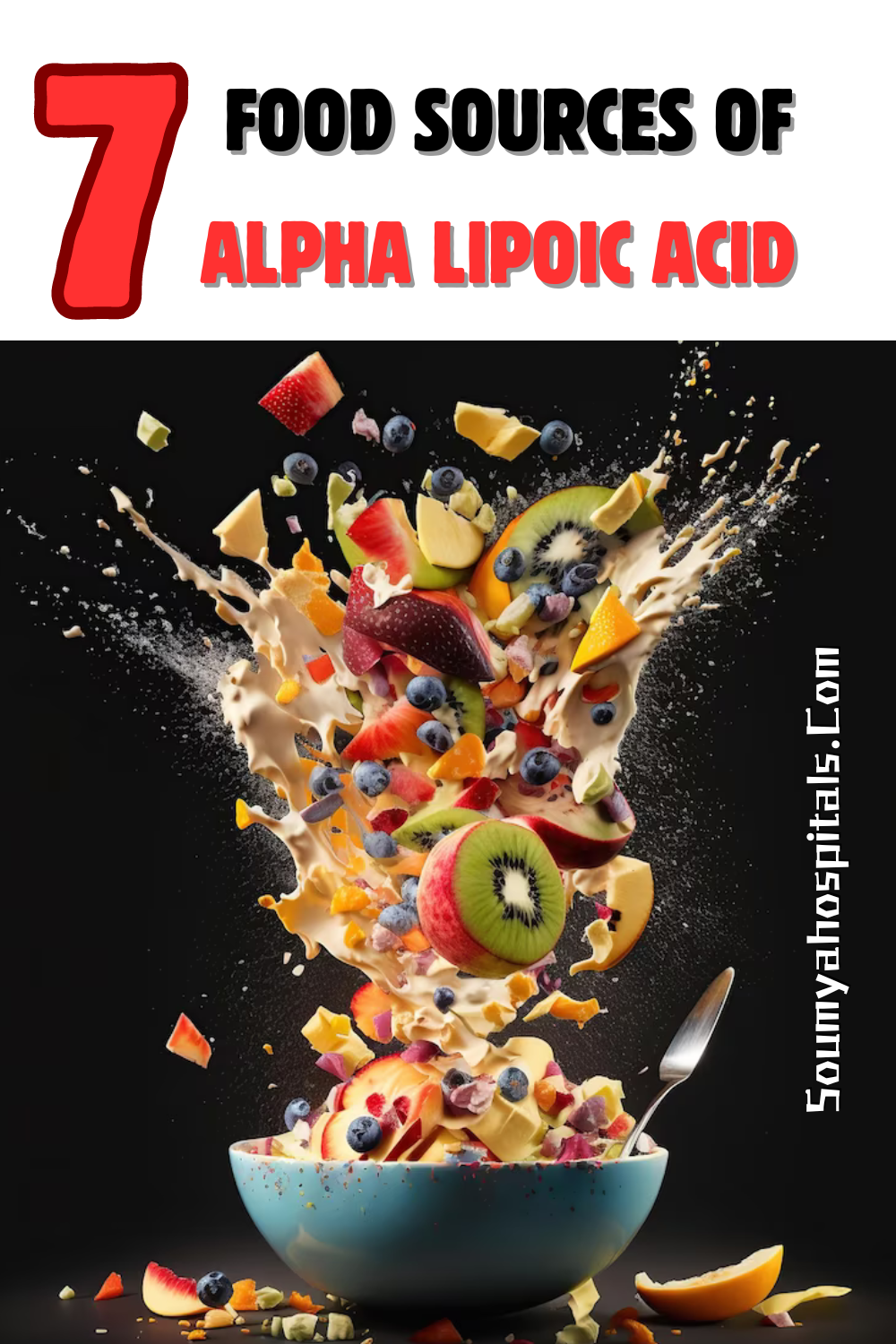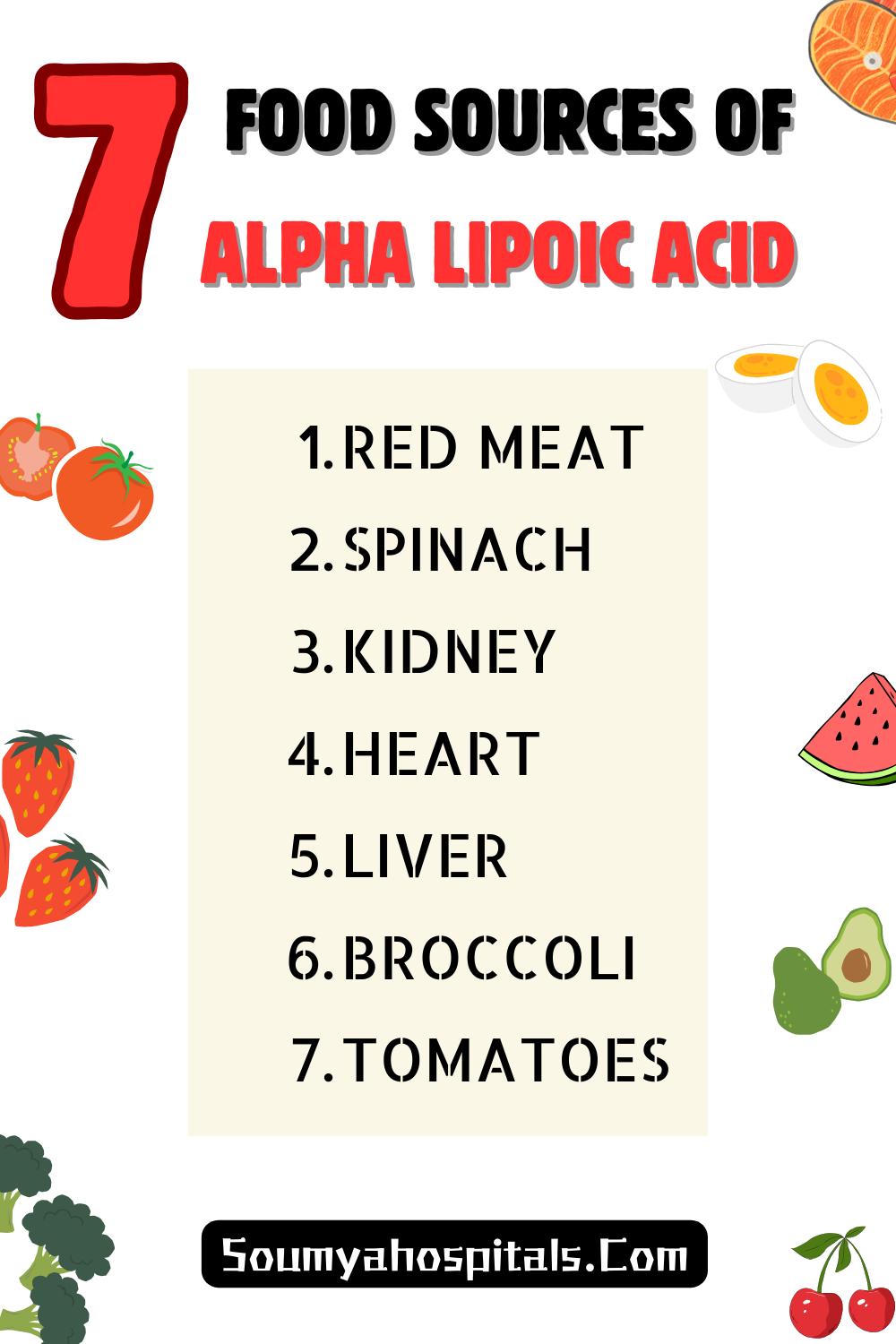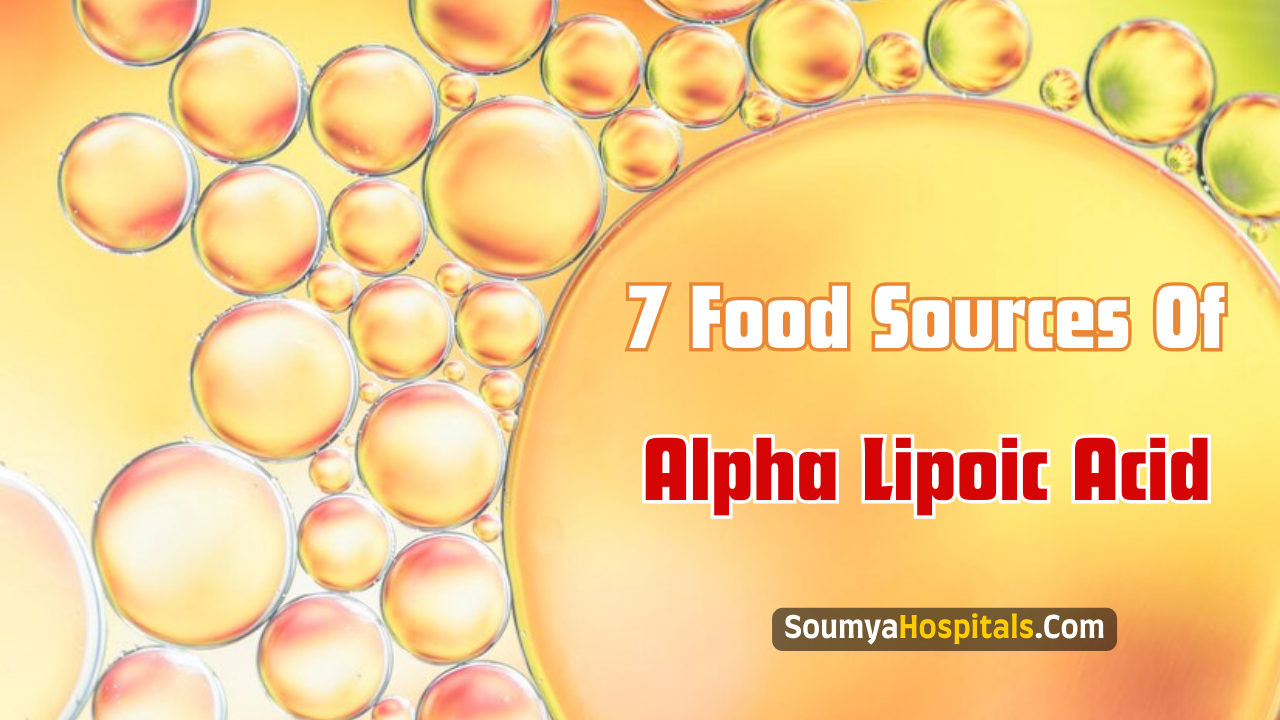Alpha lipoic acid or thioctic acid is an antioxidant with far-reaching health benefits, so it isn’t surprising if you’re trying to increase your intake. The good news is many natural food sources have this nutrient and will make for interesting additions to your diet. But first, a round-up of what this antioxidant can do for you:
Also Check: Foods Sources Of Vitamin B12
Alpha lipoic acid is an antioxidant nutrient that is soluble in both water and fat, making it easier for the body to absorb and store it. Also called ALA, it’s not to be confused with the omega 3 fatty acid alpha-linolenic acid.
- Alpha lipoic acid plays a role in physiological functions as well as energy production in the body.
- It also helps recycle other antioxidants like vitamin C and E as well glutathione. Levels of glutathione especially tend to decline with age and alpha lipoic acid may actually offer a way to counter this.
- It may help the body fight oxidative stress and may be beneficial for conditions like diabetes, neurodegenerative conditions, cataract, and even radiation damage.
- It could even have potential in protecting you against cardiovascular disease by helping manage risk factors like blood lipid levels and hypertension.
- It may help improve insulin sensitivity and reduce the risk of nerve damage in diabetics.
- It has been known to help cut down the frequency of migraine attacks in those prone to them.
While considering food sources of this nutrient, what you need to know is that alpha lipoic acid is usually bound to protein molecules in dietary sources and is not available in free form. This makes it less easily available for your body to use. How these protein-bound forms of alpha lipoic acid found in foods are absorbed by the body – and how much the body is able to absorb – is something science is still studying. But having said that, the foods that follow contain alpha lipoic acid and are natural sources. Some of them may even already feature in your diet, so why not reap the benefits of alpha lipoic acid also in the bargain! Do note, since the dietary form of alpha lipoic acid is bound to the protein, it is indicated as lipoyllysine content in the list below.

1. Red Meat
Red meat, especially the muscle from beef, is a good source of alpha lipoic acid. It typically contains 1–3 mcg/g dry weight of lipoic acid in the form of lipoyllysine. Have your meat grilled, roasted, or braised and you’ll be getting in that alpha lipoic acid too!
2. Spinach
Here’s another reason to eat your greens! There’s 3.2 mcg/g dry weight of lipoyllysine in spinach. Enjoy it in a soup or in a smoothie if you’re on the go. But if you truly appreciate the flavor of spinach, you may want to try it in stir-fries, in curries, with meat or beans in a casserole, or even in your pasta.
3. Kidney
Organ meats are good ways to get your alpha lipoic acid if you’re open to some experimenting. Beef kidney, for instance, has about 2.64 mcg/g dry weight of lipoyllysine. Try a kidney pie or slow cook them. Braising kidney makes it really succulent and you may even become a fan! Or pair up with a red wine sauce or tomatoes and you have the perfect meal.
4. Heart
The heart again can be delicious if you use it right. Beef heart has about 1.51 mcg/g dry weight of lipoyllysine. Use a slow cooker to cook the beef heart with onions, spices, and herbs. Or try dusting the trimmed heart cubes in flour before browning off in butter and slow cooking in a stew with vegetables. Once you are a veteran with this offal, you may even acquire a taste for it. You could then have it simply grilled on a skillet until it develops a rich golden crust or brown off in cooking fat.
5. Liver
Liver is another good source of alpha lipoic acid, offering 0.86 mcg/g dry weight of lipoyllysine. Enjoy your liver in a spicy stir-fry with exotic spices or cook simply with loads of jammy caramelized onions.
6. Broccoli
Here’s a great vegetable that works a charm on its own or with other ingredients. Simply saute, roast, or even lightly blanch and have with a dressing or a squeeze of lime. Broccoli has 0.9 mcg/g dry weight of lipoyllysine to offer you. For vegetarians, it can be a staple at meals, whether it’s in a delicious rice recipe, a creamy soup, or a hearty salad.
7. Tomatoes
Tomatoes contain about 0.6 mcg/g dry weight of lipoyllysine. They make a great base for pasta sauces, casseroles, and bean or meat stews. You could also use them in salads or grill them as a side. Or how about filling them like you would a jacket potato and baking them topped with cheese – that would be one indulgent meal!

Other Sources Of Alpha Lipoic Acid
Brussels sprouts, peas, potatoes, yams, yeast, beets, carrots are other sources of alpha lipoic acid.
Lower quantities of lipoyllysine of approximately 0.5 mcg/g dry weight are found in peas and Brussels sprouts. Yeast, yams, beets, potatoes, and carrots are other sources of the antioxidant.
